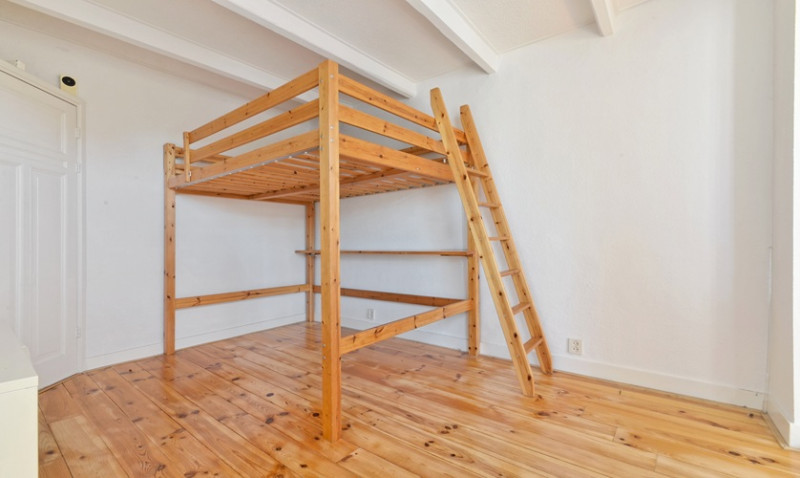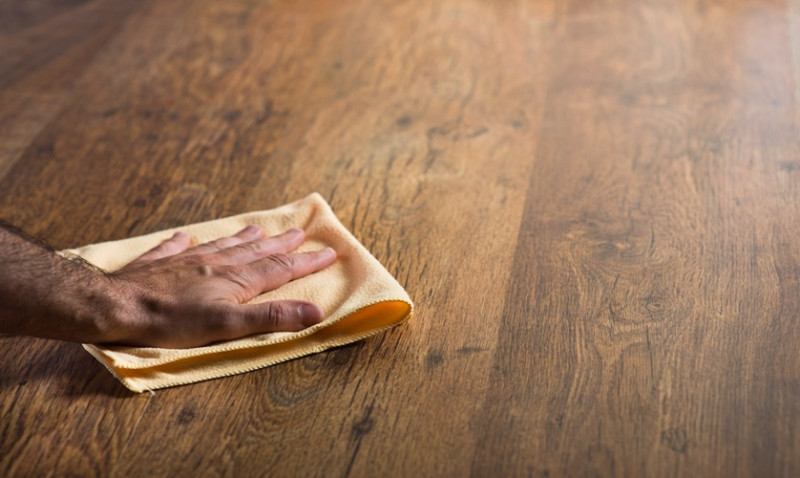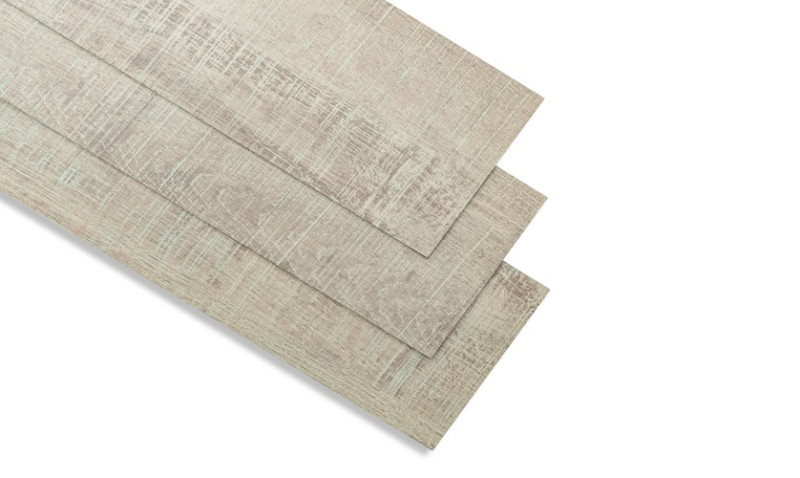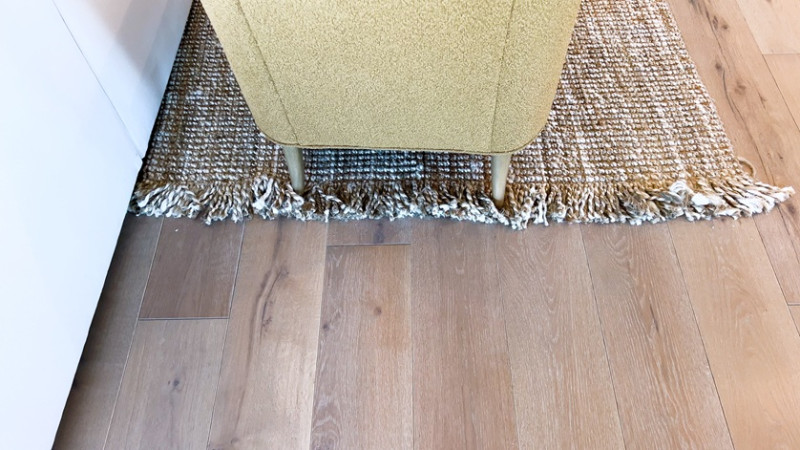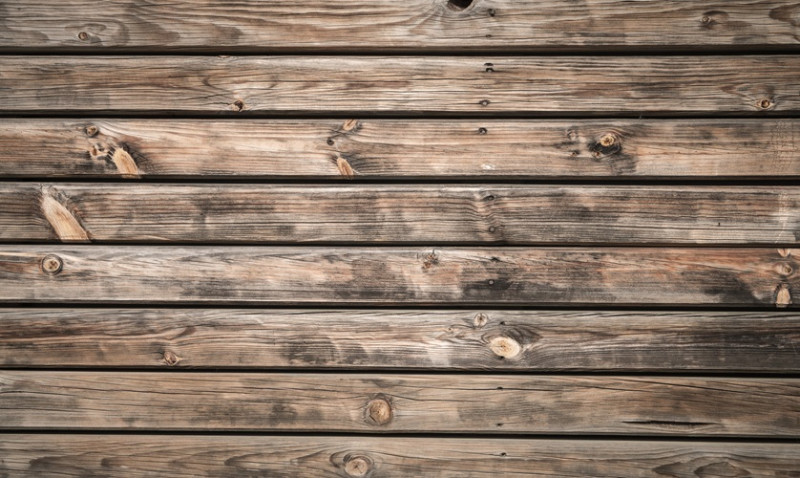
Staining a pine floor is one of those satisfying DIY projects that transforms a tired wooden surface into a warm, character-rich foundation for any room. Pine is a popular choice for floors across the UK due to its affordability, soft texture, and charming grain pattern—but it does require a little know-how when you’re applying stain, particularly if you're doing it by hand.
Whether you're a seasoned tradesperson refreshing a client's Victorian townhouse, an interior designer adding depth to a new-build space, or a DIY enthusiast tackling your first floor renovation, mastering the "rag on, rag off" technique will give you total control and a beautiful, even finish.
This guide takes you step-by-step through staining pine floors by hand using the rag method—ideal for creating a natural, enduring look without the harsh lines or brush marks that often come from rollers or foam applicators. This method also allows the wood’s grain to shine through, making it perfect for pine, which can otherwise become blotchy if not treated properly.
What You’ll Need
Before you begin, gather all necessary tools and materials. This ensures a smoother workflow and helps you avoid running across the house with stain-covered hands!
- Pine floor (sanded and prepared)
- Wood stain of your choice (oil-based or water-based)
- Clean, lint-free cotton rags (old t-shirts work too)
- Stirring stick
- Disposable gloves
- Face mask and adequate ventilation (particularly for oil-based stains)
- Protective floor sheets or masking tape for edges
- Mineral spirits or water (for cleanup based on stain type)
Preparing the Pine Floor
Preparation is the most vital step when staining by hand. Pine is a softwood and can absorb stain unevenly, so taking the time to properly sand and condition it will prevent blotching and help your stain absorb evenly.
Start by sanding your floor thoroughly, beginning with a coarser grit (e.g. 60-grit) and working your way up to a finer grit (e.g. 120-150 grit). Always sand in the direction of the wood grain. For older or heavily finished floors, you may need to hire a drum sander followed by an edge sander to handle skirting areas.
After sanding, vacuum up all dust and wipe down the boards with a damp cloth or tack cloth. Let the floor dry thoroughly. Pine often benefits from a pre-stain wood conditioner, especially if you’re working with oil-based stains. Apply the conditioner as per the manufacturer’s instructions and allow it to soak in for the recommended time before staining.
Choosing the Right Stain
Your chosen stain has a huge influence on the final look of the floor. In the UK, popular options include traditional oak, walnut, driftwood grey, or even Scandi-style whitewashed tones. Rich, darker stains suit period properties and high-drama interiors, while lighter hues embrace modern, open-plan spaces.
You can use either oil-based or water-based wood stains. Oil-based stains tend to provide a richer, longer-lasting shade and are slightly easier to work with when using the rag-on, rag-off method, as they dry slower, giving you more time to manipulate the colour. Water-based versions dry faster, emit fewer VOCs, and clean up with water—great if you're working in a small or poorly ventilated space.
Always test a sample stain on an offcut of pine or in an inconspicuous area before starting the full floor. The colour on the tin often looks very different on the wood.
Rag On, Rag Off Technique
This is where the magic happens. The “rag on, rag off” method gives you complete tactile control over the finish, allowing you to apply, blend, and remove excess stain all in one go. Unlike brushes or rollers, rags don’t leave behind brush marks or sponge patterns.
Wearing gloves, dip a clean cloth into the stain and wring out the excess. Fold the rag into a manageable pad and begin applying the stain to the floor in smooth, circular motions or with the grain. Work in small sections—about 1 to 2 square feet at a time. Once applied, immediately use a fresh, dry cloth to wipe off any excess stain, again following the grain of the wood.
The key is control. The longer you leave the stain before wiping, the deeper the colour. For a more intense hue, repeat the application after the first coat has dried. If you want variation, apply a second coat selectively to individual boards.
Always maintain a “wet edge” to avoid lap marks. That means working seamlessly from one board to the next without letting the stain dry before overlapping sections. Keep plenty of clean rags on hand and switch them out as they become saturated.
Drying and Curing
Once the entire floor is stained, allow it to dry thoroughly. Drying time depends on temperature, humidity, and the type of stain used. In UK homes, especially during damp seasons, it's vital to allow proper ventilation and use fans if necessary. On average, it takes:
| Stain Type | Touch Dry | Recoat Time | Fully Cured |
|---|---|---|---|
| Oil-Based Stain | 6–8 hours | 24 hours | 5–7 days |
| Water-Based Stain | 1–2 hours | 4–6 hours | 3–5 days |
Refrain from walking on the floor while it's drying, and definitely hold off placing furniture or rugs until the finish has fully cured.
Finishing with a Protective Top Coat
Once the stain is cured, you’ll need to protect it with a durable top coat. For floors, polyurethane is the go-to choice in either a matt, satin, or gloss finish. Oil-based polyurethane will add a warm amber tone and strong durability, while water-based versions stay clearer and dry faster—better for lighter stains or Scandinavian-inspired tones.
Apply the top coat using a high-quality brush or applicator pad, ensuring long, even strokes with the grain. Two to three coats are typically recommended for high-traffic floor areas.
Allow at least 2–4 hours of drying time between coats (longer for oil-based polyurethanes), and sand lightly with a fine grit mesh or pad between each layer to ensure a flawless finish.
Once the final coat is dry, your pine floor is ready to handle everyday life in style.
Final Thoughts
Staining a pine floor by hand using the rag-on, rag-off technique is a labour of love—but one that pays off in gorgeous, heritage-style hardwoods that suit both contemporary and classic interiors. Whether you're aiming for rustic charm, a coastal feel, or rich heritage warmth, controlling each stroke by hand gives you the confidence and quality control that other methods can't match.
If you’re a homeowner in the UK looking to upgrade your interiors with minimal investment, or a designer looking to retain character in a heritage property, this technique is an ideal blend of craftsmanship and personal flair.
Looking for a particular stain, wood conditioner or top coat? Our flooring shop in the UK offers high-quality, eco-friendly products across the full spectrum of tones. Get in touch or visit us today to find everything you need for your perfect pine floor makeover.
